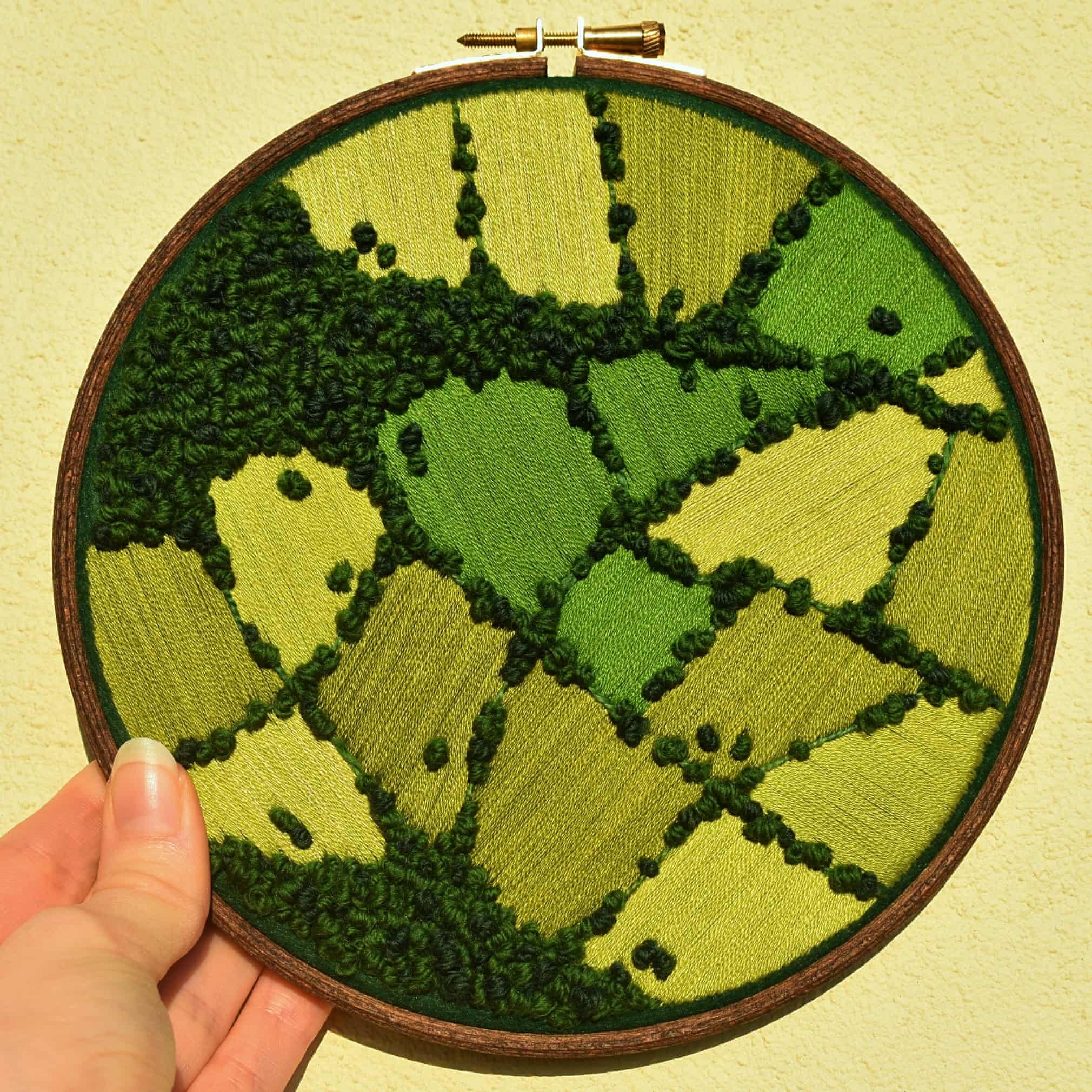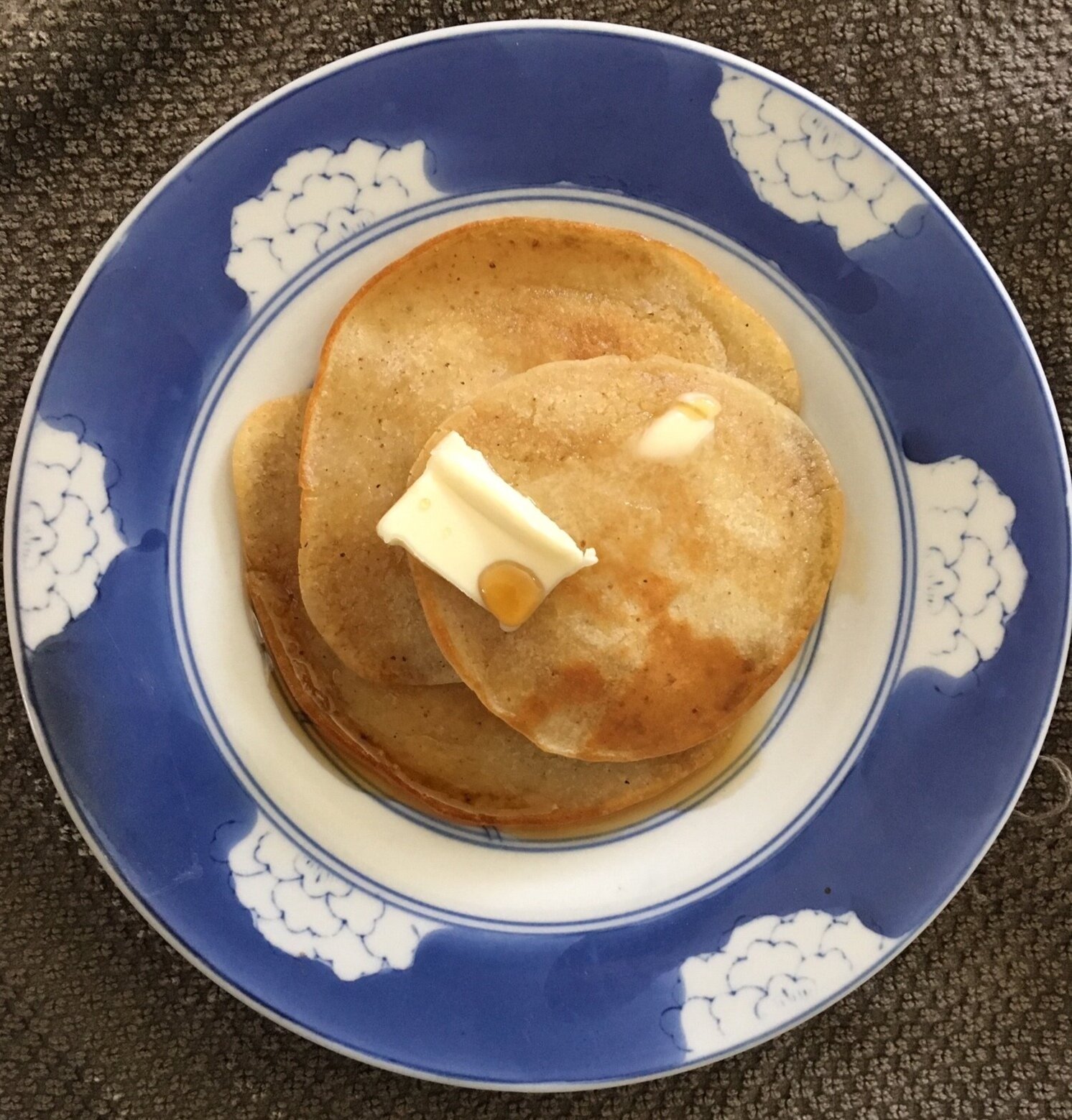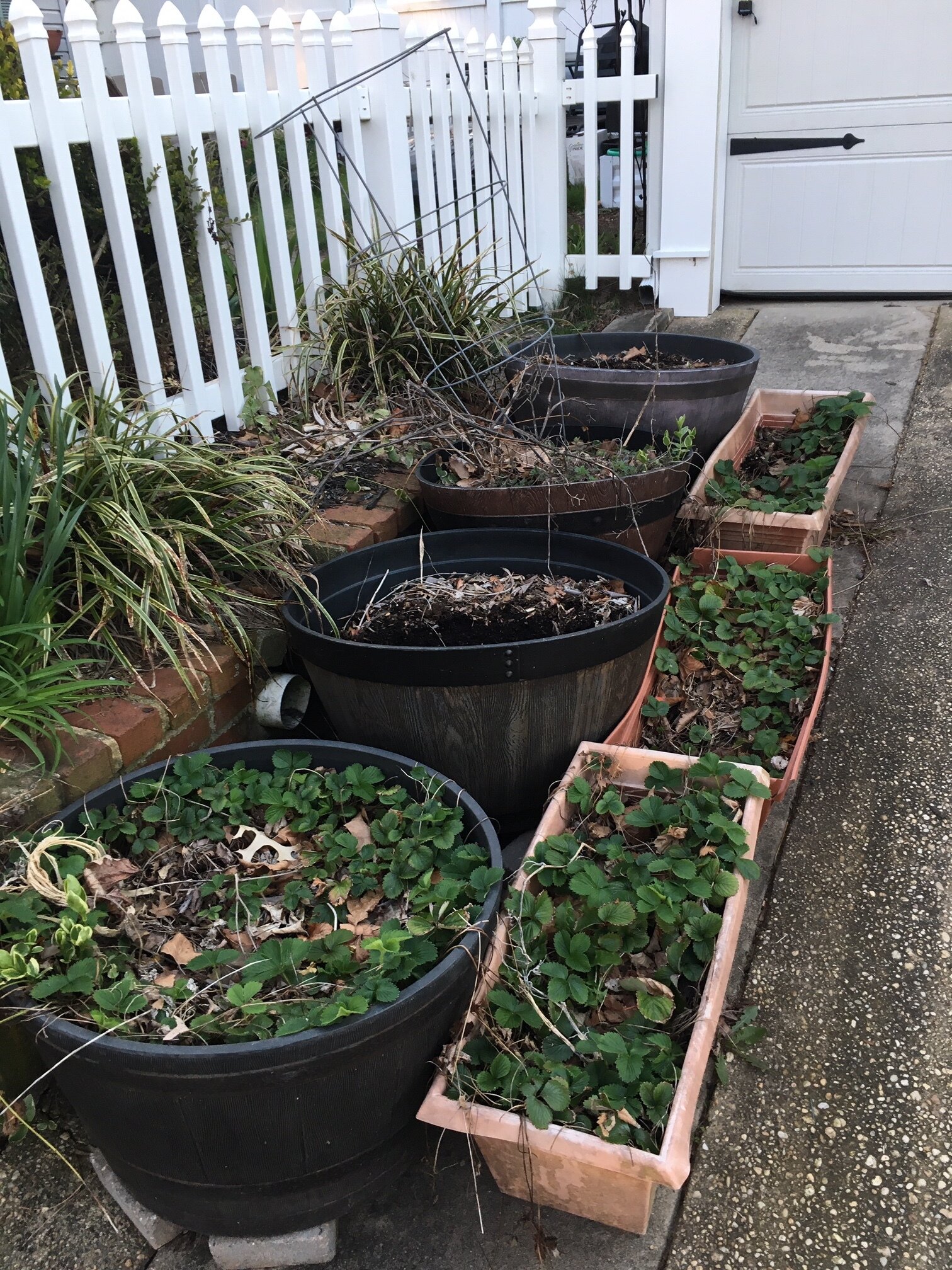For more then the last 12 months, we have been on a journey to become more Zero Waste in our everyday lives. Big changes start with each and everyone of us, so breaking down each step into a month long challange and breaking down the over all chanllages into 6 months periods, makes change easy and simple.
Over the last year or so we have:
given up fast fashion
grown our own food
thought more about how we move in the world
rethought what we give to others
made over our spaces
changed our diets
Each 6 month block we try to take the challenge further, push ourselves more, and strive harder to become better. As we are all adjusting to how we cater our lifestyles to a new way of living, as we think about the aftermath and what we can do next, we might need to take some time to settle in. In May, let’s reflect and reset and get ready to pursue our Zero Waste Journey with purposeful mindfulness.
Once we’ve had a little time to rest and reflect, here’s what the rest of the year will look like:
June - Say NO, Say Yes
PLASTIC FREE JULY
August - carry no disposables
September - back to school/educate
October - beach clean
November - Hidden plastic
December - Repair before you replace
Feel free to follow along for the next 6 months (7 if you count Plastic Free July) or look back at the other monthly challenges.
Our 6 More Months to Zero Waste Journey began in early 2019:
January 2019 - Trash Audit
We separated and looked our trash to see what we are throwing away and what we can reduce.
February 2019- Declutter Everything
We went thru what we have to declutter and reduce.
March 2019- Switch to Paper
This month we moved to paper to get one step closer to reusables.
April 2019- Compost
Composting is an easy way to reduce food waste and prevent it from reaching the landfill.
May 2019- Meatless Monday
One of the best ways to improve the environment is to stop eating factory farmed meat and industrial fish. Small steps lead to big change so this month we gave up meat (or dairy or fish) for at least one day.
June 2019- No Bottled Water
We gave up bottled water as an avenue to give up more disposable plastic in Plastic Free July.
July 2019 - Plastic Free July!
Go plastic free this month!
In late 2019, we continued our journey to becoming more zero waste. The current list has changed a little since the beginning. See the list below to follow our progress:
November 2019 - Zero Waste Kit
We created a zero waste kit to help us be more zero waste in our day to day life.
December 2019- No Gifts
We took Dec to give no gifts and get no gifts.
January 2020 - Clothing and Fast Fashion
This month we explored what fast fashion is, and how we can stop buying it forever.
February 2020- Use Mass Transit
The shortest month seemed like a good time to explore alternatives to driving our cars.
March 2020 - Bathroom Make-over
You’ve swapped out a few items to more sustainable choices around the house. It’s time to tackle a full room.
April 2020- Grow Your Own Food
April marks the start of spring in the continental USA, and when we can start growing food easily. But there are many ways and time to grow your some of own food.

















































